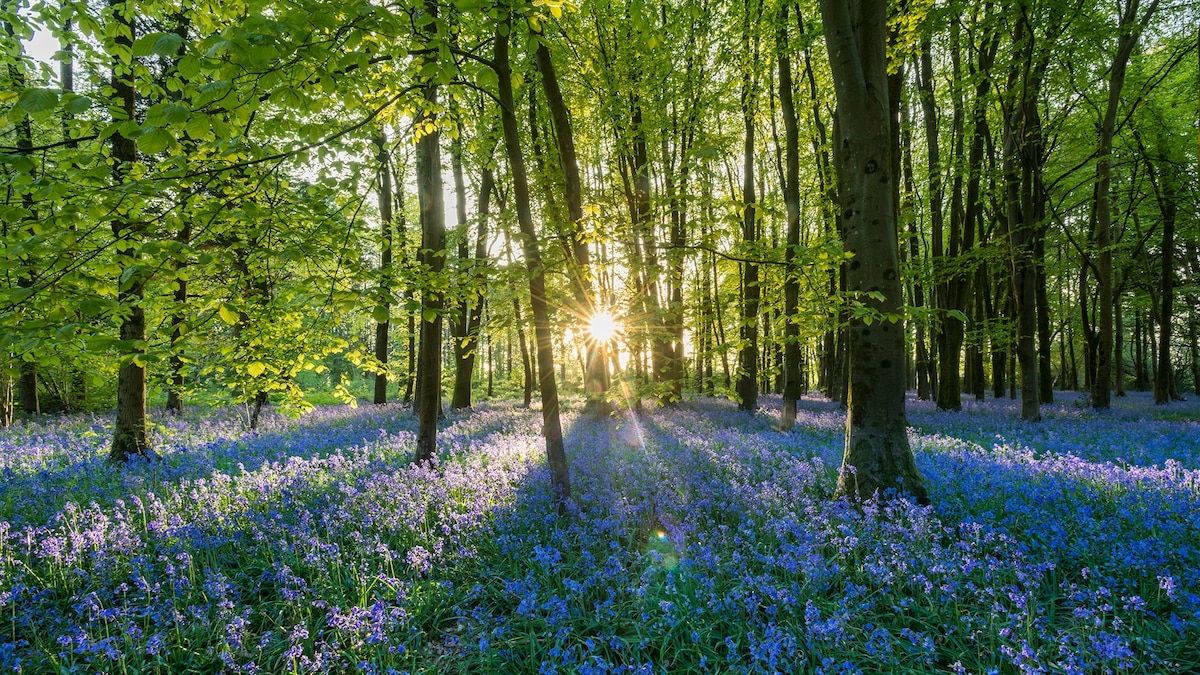Now Reading: Discover Forest Bathing: Your Guide to Wellness Travel
-
01
Discover Forest Bathing: Your Guide to Wellness Travel
Discover Forest Bathing: Your Guide to Wellness Travel

Fast Summary
- Forest Bathing Origins: Forest bathing, known as shinrin-yoku, originated in Japan in the 1980s as a response to tech burnout and encourages reconnecting with nature for mental and physical health benefits.
- Global Spread: Tho coined in Japan, many cultures have long valued the connection between human health and nature. It is indeed now widely practiced worldwide through mindful eco-walks.
Locations for Forest Bathing Highlighted:
- Adirondack Mountains, USA: Largest protected area in contiguous U.S.,featuring evergreen trees that release phytoncides boosting immunity and antioxidants for tea infusion. Guided forest bathing is offered year-round at Lake placid and Saranac Lake locations by certified guides.
- Costa Rica: With 60% forest coverage and significant biodiversity (~6% globally), opportunities include cloud forest walks in Monteverde, canopy hikes near Arenal Volcano, or riverside trails along Sarapiqui River led by a certified local guide.
- New Zealand’s Waipoua Forest: Features kauri trees sacred to Māori culture with guided twilight encounters accompanied by Māori storytelling.
- Kenya’s matthews Range: Ancient forests home to unique species like de Brazza monkeys; sensory immersion walks led by Samburu trackers at Kitich Forest Camp.
- Hawaii: Connection to land (‘aina) central to Hawaiian culture with aromatic flowers, native plants like māmaki, banyan tree locales; guided sessions available with certified professionals.
Scientific Basis:
- Studies confirm nature’s therapeutic role on mental well-being through immersion activities such as smelling aromatic flowers or breathing phytoncides from natural vegetation.
Indian Opinion Analysis
The global adoption of forest bathing underscores the universal recognition of how deeply intertwined human health is with natural ecosystems-a viewpoint not foreign to India’s ancient traditions emphasizing harmony between humanity and nature (e.g., Ayurveda). This practice presents an prospect for India to explore structured initiatives blending cultural heritage sites like western Ghats or Himalayan regions into ecotherapy tourism models while promoting biodiversity conservation.
The rising interest indicates significant awareness about environmental preservation due to tangible individual health benefits-a lesson that could encourage urban green space policies across India’s fast-growing cities battling stress-induced ailments due to overurbanization.
As a contry rich in diverse flora and fauna across multiple ecosystems, incorporating intentional practices like forest therapy could foster wellness tourism potential while inspiring sustainable development approaches bridging tradition with contemporary needs.























